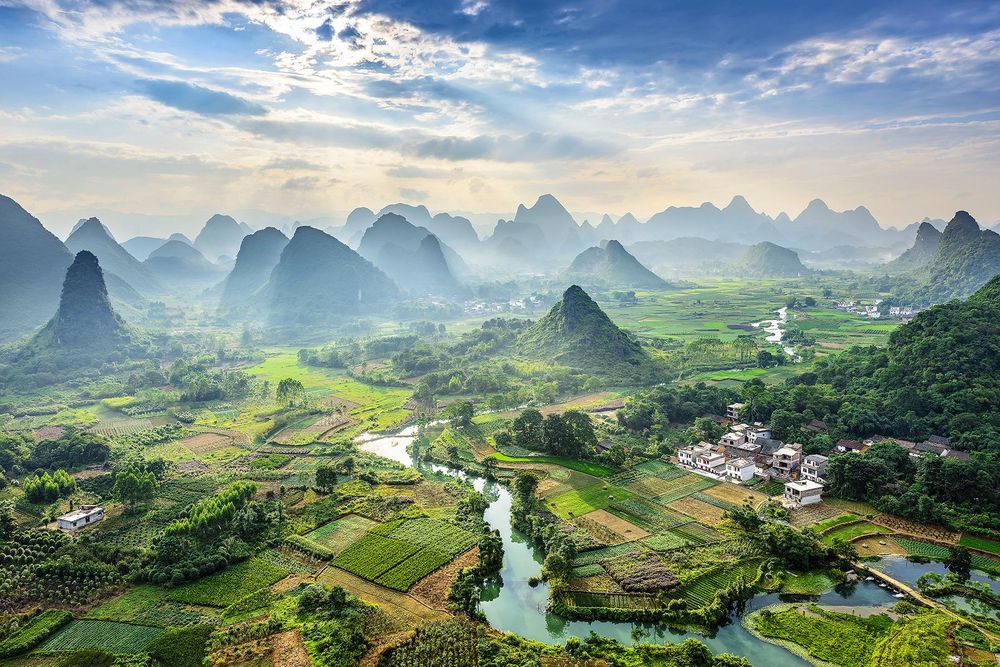A centuries-old stronghold of imperial power, Luoyang served as the capital of 13 dynasties until the Northern Song court moved to Kaifeng in the 10th century. Known from medieval maps, the city walls in the Sui and Tang eras formed an impressive rectangle cut through by the Lohe River. The city was famous for Buddhist temples and monasteries, of which there were 1300! As described in the brochure of the local museum, “Luoyang has been the center of the world since ancient times … it is like a magnificent pearl.” Today it is hard to believe that this city was once the center of Chinese civilization and the eastern capital of the great Tang Dynasty. On the very spot where the proud palace of the Sui rulers towered, there is now the intersection of Zhongzhoulu and Dingdinglu streets, smelling of exhaust gases.
Today’s Luoyang is indistinguishable from later cities of the Celestial Empire, but the Longmen caves along the banks of the Yishui River still store treasures of Buddhist art, and the annual April Peony Festival in Wangcheng Park gives visitors to the city a meeting with the more fragile beauty of nature’s creations. The scent of the past is in the air of the old quarters in the eastern part of Luoyang.
Attractions
Luoyang Museum
One of the few places where you can feel the pulse of the ancient city. You will surely be enchanted by the collection of marvelous three-color sancai porcelain and Luoyang dioramas of the Sui and Tang dynasties. The outer walls of the Tang period had 18 majestic gates and surrounded the Imperial City with a huge five-stage round Temple of Heaven. Despite detailed explanations concerning the former greatness of Luoyang, information about later losses is very scarce.
Old Town
Every Chinese city that has at least some relation to ancient history has its own Old City. The historical part of Luoyang lies to the east of the rebuilt Lijinmen Gate. In neighborhoods where old courtyards resist modern development, your research enthusiasm will be rewarded in full. The ancient Drum Tower, erected in 1555 and moved to its present location in 1614, dominates the eastern end of Dundatse Street with a characteristic pattern of traditional roofs. The history of the massive brick pagoda of Wenfeng Wenfeng Ta; trans. Donghzxiang. 6 ) has a history of 00 years. Cells are attached to it on the south side, and at the level of the second tier you can see a long-ago walled-up door. Another curious structure, although closed to the public— is the former temple of Chenghuang Miao (Chenghuang Miao), from which two prayer halls have survived. They are located at the eastern corner of the intersection of Zhongzhou Donglu and Jiyuelu Streets. Pay attention to the unusual ornament on the roof of the first hall with a facade lined with green tiles.
Wangcheng Park
In normal times, the park plays the role of the “green lungs” of Luoyang. and only once a year, in April, the Peony Festival takes place here. During the holiday, Wangcheng is flooded with flowers, their admirers, photographers, girls with flower garlands on their heads and sellers of huge bouquets. During the festival, the park is open late — after sunset there is a light show.
